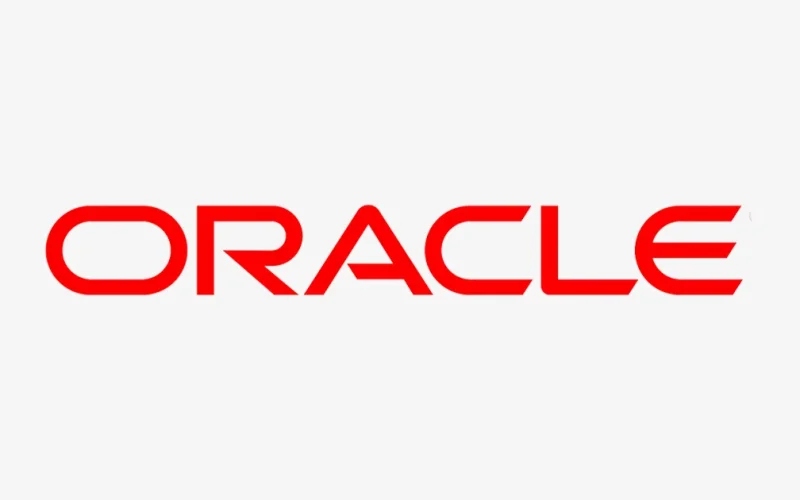Oracle’s Exit from the Advertising Business: A Decade-Long Journey Comes to an End

[ad_1]
In a surprising yet somewhat anticipated move, Oracle Corporation has announced the closure of its advertising business. This decision, revealed during the company’s fourth-quarter earnings call for the fiscal year 2024, marks the end of a significant chapter in Oracle’s history. The tech giant’s foray into the advertising sector, which began with high hopes and substantial investments, has ultimately concluded with a strategic retreat.
This blog post delves into the reasons behind Oracle’s exit, the challenges it faced, and the implications for the broader advertising industry.
The Rise and Fall of Oracle’s Advertising Ambitions
Oracle’s journey into the advertising world began over a decade ago, driven by the vision of leveraging its vast data capabilities to revolutionize digital marketing. The company spent more than $4 billion acquiring a series of ad technology firms, including notable names like BlueKai, DataLogix, and Moat. These acquisitions were intended to build a comprehensive advertising and marketing technology stack that could compete with industry giants like Salesforce and Adobe.
In 2014, Oracle’s then-CEO Mark Hurd highlighted the potential of the marketing cloud business, describing it as a “material, core vertical” for the company. The goal was to integrate these acquisitions into Oracle Data Cloud, later rebranded as Oracle Advertising, to provide marketers with powerful tools for data-driven advertising.
Challenges and Setbacks
Despite the initial optimism, Oracle’s advertising business faced numerous challenges that hindered its growth and profitability. One of the most significant blows came in 2018 when Meta (formerly Facebook) ceased allowing third parties, including Oracle, to access its data for targeted advertising. This decision, a fallout from the Cambridge Analytica scandal, severely limited the insights Oracle could offer its clients.
The introduction of the General Data Protection Regulation (GDPR) in Europe further compounded Oracle’s difficulties. The stringent privacy regulations forced Oracle to halt its third-party data targeting services across Europe, leading to the shutdown of several data products and tools that relied on such data. These regulatory changes not only affected Oracle’s operations but also eroded client trust and confidence in its advertising solutions.
Internal Struggles and Market Competition
Internally, Oracle’s advertising division struggled with a lack of investment and innovation. Former employees have pointed out that the company failed to adequately support its advertising and marketing products, leading to stagnation and a loss of competitive edge. The division underwent a massive reorganisation in 2022, resulting in significant layoffs and further demoralising the workforce.
Externally, Oracle faced fierce competition from established players like Salesforce and Adobe, who were also vying for dominance in the marketing technology space. These competitors offered more innovative solutions and better customer support, making it difficult for Oracle to retain and attract clients. The company’s inability to match the discounts and incentives provided by its rivals further exacerbated its struggles.
The Decision to Exit
By the end of the fiscal year 2024, Oracle’s advertising business had seen its revenue plummet to approximately $300 million, a stark contrast to the $2 billion it generated in 2022. This significant decline in revenue, coupled with the ongoing challenges and competitive pressures, led Oracle to make the difficult decision to exit the advertising business.
CEO Safra Catz announced the wind-down during the company’s earnings call, stating that the decision was made over the past three months. However, she did not provide specific details on the timing of the shutdown or the future of Oracle’s advertising-related assets and clients.
Implications for the Industry
Oracle’s exit from the advertising business is a notable development in the tech and marketing sectors.
It underscores the challenges that even the largest and most resource-rich companies can face when navigating the complex and rapidly evolving landscape of digital advertising. The move also highlights the impact of regulatory changes and data privacy concerns on the industry, which continue to shape the strategies and operations of ad tech companies.
For Oracle, this decision allows the company to refocus its efforts on its core strengths in cloud computing, enterprise software, and data management. By shedding its struggling advertising division, Oracle can allocate resources more effectively and pursue growth opportunities in areas where it has a competitive advantage.
Conclusion
Oracle’s decision to shut down its advertising business marks the end of a decade-long experiment that ultimately fell short of its ambitious goals. The company’s journey in the advertising sector was fraught with challenges, from regulatory hurdles to intense competition and internal struggles.
As Oracle pivots away from advertising, it serves as a reminder of the dynamic nature of the tech industry and the importance of adaptability and innovation in achieving long-term success.
[ad_2]
Source link

